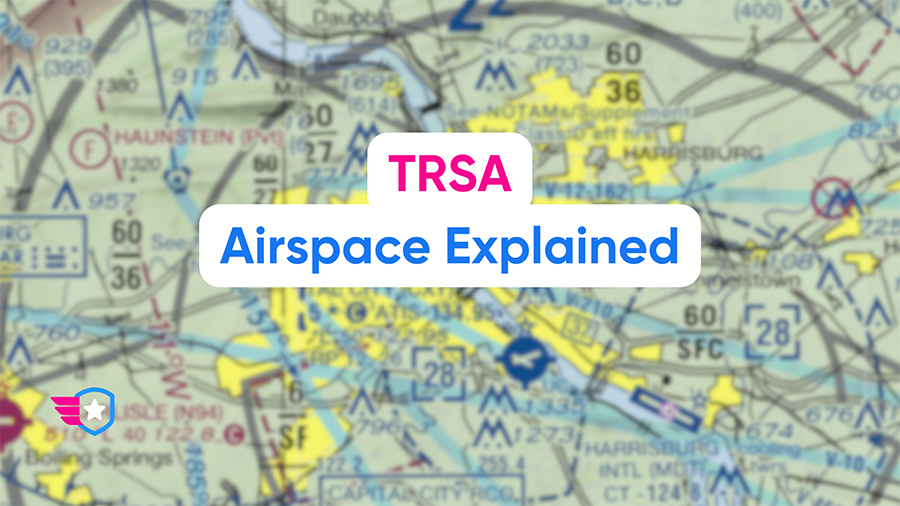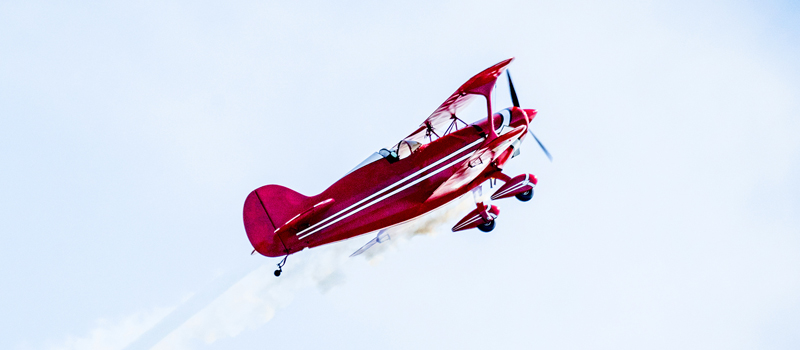Welcome to the world of aeronautical terminology, where every acronym has a story to tell. Today, we’ll focus on one of the lesser-known, yet important terms: TRSA, or Terminal Radar Service Area.
Here’s the issue.
You might have come across this term while studying for your written exam, or maybe it popped up on your sectional chart during flight planning. But TRSA airspace remains a mystery for many aviators.
It’s time we shed some light on TRSA airspace. By the end of this article, you’ll know what TRSA is and how to navigate through it like a pro.
What Is TRSA Airspace?
TRSA stands for Terminal Radar Service Area. TRSAs surround class D airports with high levels of traffic.
So, what makes it so special?
Well, TRSAs exist to provide additional safety for pilots by offering optional radar services. These services include traffic advisories and sequencing of arrivals and departures for aircraft operating under both Instrument Flight Rules (IFR) and Visual Flight Rules (VFR).
Here’s the kicker.
Unlike class B, C, or D airspace, participation in TRSA services is completely optional for VFR pilots. Because TRSA airspace is technically class E airspace, you can choose whether to take advantage of the radar services in a TRSA or not.
You’ll find TRSA airspace marked as a solid gray line on a sectional chart.
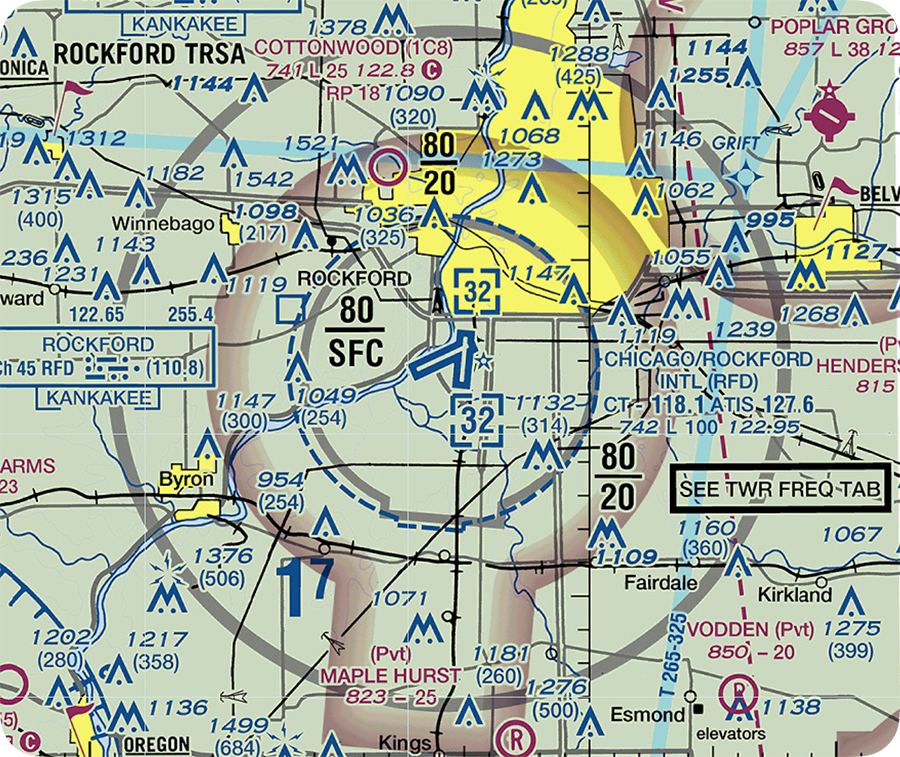
Additionally, one TSRA may surround multiple class D airports, like this one near Harrisburg, Pennsylvania:
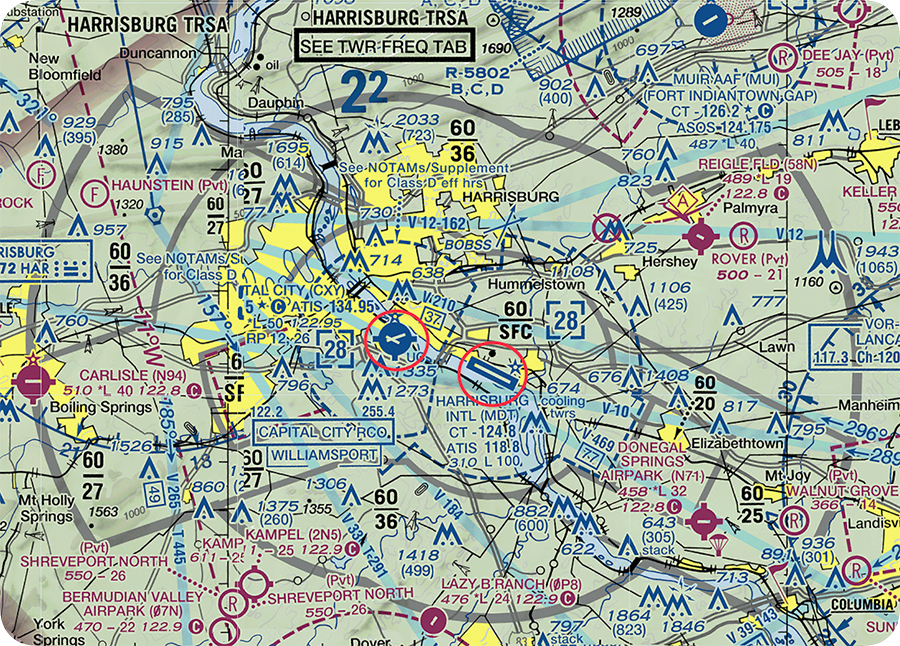
There were TRSAs in the past that converted to class C or B airspace. This indicates that future airports featuring TRSAs could also convert if traffic levels increase.
What Services Does TRSA Airspace Provide?
Okay, we’ve established that TRSAs provide additional radar services, but what does that mean exactly? Let’s break it down.
In a TRSA, air traffic controllers offer two main services: radar traffic advisories and sequencing.
Radar traffic advisories are a type of safety alert. They provide you with real-time updates about other aircraft in your vicinity. You’ll get information on their altitude, direction, and how close they are to you. This extra set of eyes helps you spot and avoid other aircraft, enhancing safety.
Now, let’s talk about sequencing.
Sequencing arranges the order of aircraft arriving at or departing from the airport. Controllers sequence both IFR and VFR aircraft to provide a smooth and orderly flow of traffic. Think of it as a kind of traffic management, just in the sky!
If you do choose to make use of the services in a TRSA, the altitude and heading instructions provided by ATC are mandatory (unlike flight following – more on that later).
In a nutshell, TRSA services are there to enhance safety and efficiency in areas of higher air traffic. They’re effectively class C airspace that is optional for VFR traffic.
How to Fly in TRSA Airspace
Alright, now that we know what TRSA airspace is and the services it offers, let’s talk about how to navigate it. There are a few key steps to consider when flying through TRSA airspace.
First, identify the TRSA on your sectional chart. TRSAs are depicted by thick black lines forming concentric circles around an airport. The size and number of these circles can vary depending on the specific TRSA.
Next, decide if you want to use TRSA services. Remember, they’re optional for VFR pilots, but they can provide additional safety benefits. If you choose to use these services, you’ll need to establish communication with the appropriate ATC facility, usually Approach Control.
You’ll find the frequency for the TRSA by following the clues on the sectional chart:
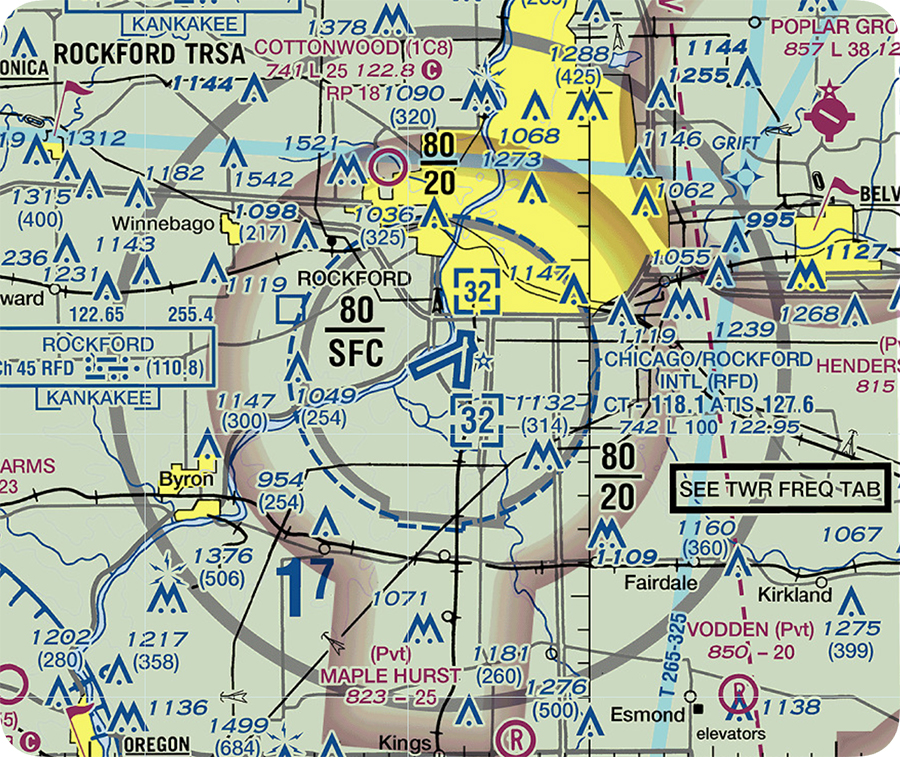

Once you’re inside the TRSA, keep a sharp eye out for other aircraft and listen closely to ATC instructions. Even with radar advisories, it’s essential to maintain your see-and-avoid responsibilities.
When you contact the relevant frequency, treat it as an extension of class D. In other words, provide your callsign, the current ATIS, your position and altitude, and your request (landing, routing to, etc.).
Equipment Requirements for TRSA Airspace
If you choose not to participate in the TRSA airspace (only if you’re VFR), there are no equipment requirements to fly in the TRSA.
If you choose to receive radar services in the TRSA, you only need a radio.
Flight Following vs. TRSA Airspace
Flight following and TRSA services can get mixed up, but they serve different purposes. Let’s clear up the confusion.
Flight following, officially known as Radar Traffic Information Service, is a service provided by ATC to VFR aircraft. It’s available throughout most of the United States and gives you traffic advisories to help you avoid other aircraft. It’s a fantastic tool to increase situational awareness and safety during your flight.
On the other hand, TRSA services are specifically offered within Terminal Radar Service Areas. These services include both radar traffic advisories and sequencing of arrivals and departures. While flight following focuses on traffic advisories, TRSA services take it a step further by also assisting with the flow of air traffic around busier airports.
Additionally, while both services are optional for VFR flights, flight following must be specifically requested by the pilot, whereas TRSA services are offered to all eligible aircraft entering the airspace.
Instructions given to aircraft in TRSA airspace are mandatory, whereas the pilot has jurisdiction when receiving flight-following services.
In short, while both flights following and TRSA services provide radar-based traffic advisories, TRSA also includes sequencing and is confined to specific, busier areas. Both are excellent tools to enhance your safety and efficiency in the sky.
But what about controlled airspace?
TRSA Airspace vs. Class B, C, and D Airspace
Let’s take a look at how TRSA airspace compares with Class B, C, and D airspace. They all surround busy airports, but they have some key differences.
First up is Class B airspace. This airspace surrounds the busiest airports in the country. In Class B airspace, both IFR and VFR traffic require ATC clearance to enter. That’s a major difference from TRSA airspace, where participation in services is optional for VFR pilots.
Next, we have Class C airspace. This airspace also requires two-way radio communication before entry for all aircraft, similar to Class B. Class C airspace surrounds airports with a moderate level of air traffic, usually those with regular commercial service. Again, unlike TRSA, the services provided in Class C airspace are mandatory for all aircraft.
Lastly, we have Class D airspace. This airspace surrounds airports with a functioning control tower but less busy traffic than Class B and C airports. Two-way communication is required for all aircraft before entering Class D airspace. You’ll find an airport with class D airspace inside the TRSA.
So, what sets TRSA airspace apart from these?
Firstly, participation in TRSA services is completely voluntary for VFR flights. Secondly, while TRSA airspace provides radar services like traffic advisories and sequencing, the level of control exercised by ATC in TRSA is typically less stringent than in Class B, C, or D airspace.
In a nutshell, while TRSA airspace and Class B, C, and D airspace all aim to manage busier areas, they differ in the level of control and mandatory participation for VFR flights.
Summary
TRSA tends to fly under the radar (pun intended). But understanding TRSA airspace is essential to mastering your navigation skills and confidently handling busier air traffic areas. Remember, while TRSA services are optional for VFR pilots, they offer a valuable safety net and efficiency booster that can take your flight experience to the next level.
TRSA airspace, like Class B, C, and D airspace, is all about managing high-traffic areas. The key difference lies in the level of control and the optional nature of TRSA services for VFR flights.
So next time you see TRSA airspace on your sectional chart, you’ll know exactly what it entails and how to navigate it.
